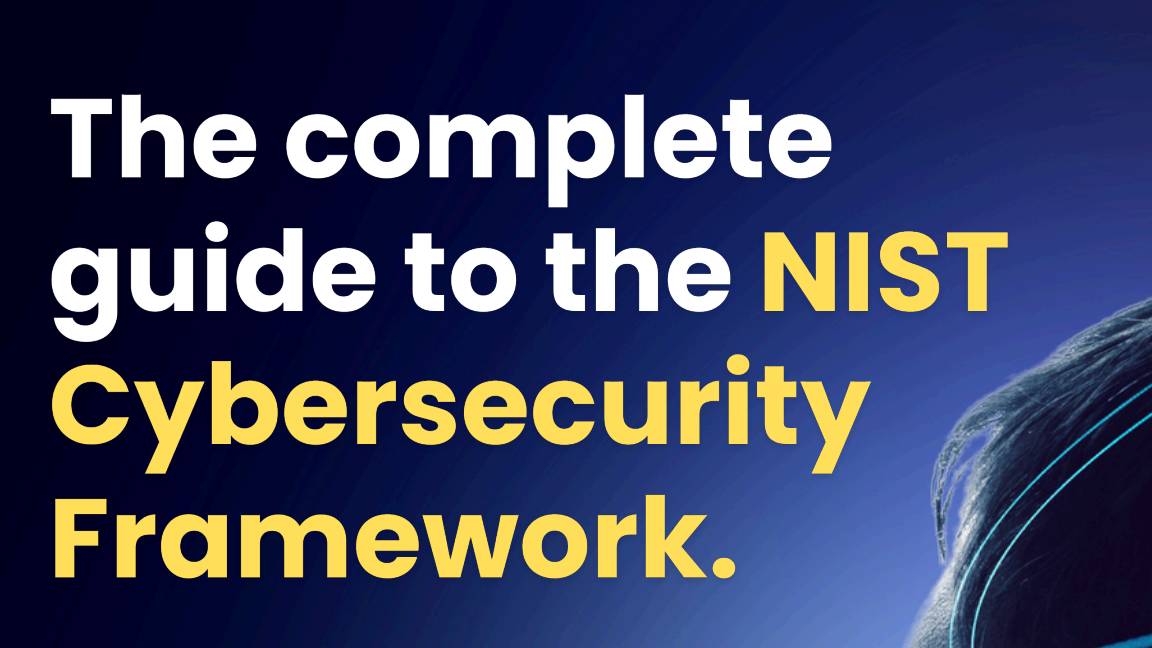Tapping into the latest cyber security insights to keep your business safe
Why security experts like Jamf Threat Labs can give you the tools and guidance needed to avoid falling victim to the next cyber threat


There has been a growing consensus among cyber security professionals that it’s never been harder for organizations to avoid cyber attacks than it is now. As time goes on, the overall volume of any given type of attack may fluctuate, but the diversity of software vulnerabilities, attack methods, and threat groups means keeping track of where organizations should be focusing their cyber security efforts can be overwhelming.
Global events can also have significant knock-on effects for cyber security. The emergence of COVID-19 in 2020, for example, triggered a wave of attacks on the pharmaceutical and healthcare industries.
The broader legacy of this period for businesses was the rise of hybrid work, which distributed the workforce and rapidly expanded the attack surface and routes of entry. As a result, there was suddenly a whole new range of cyber security challenges.
As an organization, it’s important to not only stay on top of the latest cyber security trends but to get ahead of them. This is where Jamf Threat Labs can help. They employ cyber security researchers, experts, and data scientists to continually hunt for vulnerabilities, threats and data exposures businesses need to be aware of, and pair this with best practice on how to stay safe in an uncertain age.
Monitoring the threat landscape
Ransomware has been a constant threat over the last few years, but there’s reason to believe it is evolving beyond the beast we know it to be today. Increasingly, operators are building on trends like ransomware as a service (RaaS) and double-extortion ransomware. Given these groups are becoming more sophisticated and robust, we can expect the cyber crime supply chain to expand and RaaS to become far more prevalent, according to AzTech.
According to Jamf Threat Labs’ latest Security 360 report, social engineering and user privacy are the top two threats of 2023. Unwitting employees are one of the biggest cyber security threats any organization can face, hence why many have moved to instigate zero trust policies at pace. For instance, 31% of organizations had at least one user falling victim to a phishing attack last year, while 16% of employees exposed sensitive data by connecting with a risk hotspot.
As for how data breaches may be caused broadly, 40% originate with authorized users accessing unauthorized systems, while 80% begin with stolen or weak passwords, according to Jamf. Indeed, while entities like Microsoft are right to highlight the rise of, say, espionage-fueled global cyber attacks perpetrated by state-backed cyber criminals, most problems are much closer to home.
This could get even worse. The growth of generative artificial intelligence (AI) opens a new front in the struggle against cyber criminals. Text-based tools enable attackers to craft more convincing phishing emails, while advances in voice and video generative AI could lead to an increase in vishing and other attacks.
Adapting in the age of hybrid work
Despite the fact many organizations are several months, or even years, into their hybrid work strategies, Jamf Threat Labs still highlights the need to secure data and devices in this new context as an urgent trend for 2023.
Many businesses, for instance, had to move away from primarily relying on on-premise network protections to using cloud-based systems with a more distributed approach to user authentication, device management, and endpoint protection. The number of remote users more than doubled over the course of the pandemic, according to research by Splunk, growing from 21% pre-2020 to 46% now. Despite the best efforts of those in charge of ensuring cyber security, challenges still remain in finding workable solutions.
With employee convenience also a huge imperative, secure remote access must be flexible and agile enough to ensure any deployed platforms or systems don’t get in the way of productivity. Securing endpoints also needs to incorporate visibility and technologies like automating workflows. This specific trend calls for the use of various techniques including zero trust network access (ZTNA) to secure connections over any network and the the use of machine learning to hunt for new threats
Be proactive in protecting your business
Primarily focusing on Apple’s hardware ecosystem, Jamf Threat Labs comprises a team of experienced threat researchers, security experts, and data scientists who combine their expertise to uncover the latest industry threats and protect businesses. Skills the team possesses include pen-testing, networking monitoring, malware research, and app risk assessment.
Using a novel machine intelligence engine, dubbed MI:RIAM, the team hunts for as-yet-unseen threats that may come to plague enterprises across the world, proactively protecting them. In September 2023, Jamf Threat Labs highlighted the scourge of a novel cryptojacking botnet by the name of XMRig. Five months earlier, the team also shed light on the RustBucket malware strain, launched by the BlueNoroff threat group, which targeted macOS. This was just the most recent example of how, as macOS grows in market share, attackers are seizing the opportunity to wreak havoc on businesses using Apple’s desktop operating system.
These insights and experiences feed directly into Jamf’s endpoint security systems, which organizations are increasingly incorporating into their IT workflows to safeguard Apple hardware from such threats. Jamf’s Trusted Access portfolio brings together several workflows including user verification, enrolling devices as well as endpoint protection, into a single platform. Adopting a Trusted Access philosophy ensures IT administrators have the means to protect employees from the latest cyber security threats targeting the Apple ecosystem, while also preserving their right to maximum productivity – wherever they’re working.
Read more about Jamf Threat Labs, or for more information about Trusted Access for Apple hardware, you can request a trial.
Get the ITPro daily newsletter
Sign up today and you will receive a free copy of our Future Focus 2025 report - the leading guidance on AI, cybersecurity and other IT challenges as per 700+ senior executives
ITPro is a global business technology website providing the latest news, analysis, and business insight for IT decision-makers. Whether it's cyber security, cloud computing, IT infrastructure, or business strategy, we aim to equip leaders with the data they need to make informed IT investments.
For regular updates delivered to your inbox and social feeds, be sure to sign up to our daily newsletter and follow on us LinkedIn and Twitter.
-
 The complete guide to the NIST cybersecurity framework
The complete guide to the NIST cybersecurity frameworkWhitepaper Find out how the NIST Cybersecurity framework is evolving
By ITPro
-
 Are you prepared for the next attack? The state of application security in 2024
Are you prepared for the next attack? The state of application security in 2024Webinar Aligning to NIS2 cybersecurity risk-management obligations in the EU
By ITPro
-
 Four requirements for a zero trust branch
Four requirements for a zero trust branchWhitepaper Effectively navigate the complex and ever-changing demands of security and network connectivity
By ITPro
-

 How to safeguard business smartphones and tablets in the enterprise
How to safeguard business smartphones and tablets in the enterpriseSponsored Managing and securing your mobile devices from a single platform is key to maintaining the freedom and productivity your employees crave
By ITPro
-

 Achieving Trusted Access at your organization
Achieving Trusted Access at your organizationSponsored Take a zero trust approach to authentication by verifying employees’ identities and device health without compromising convenience
By ITPro
-
 How to keep employees happy and safe, and marry security with user experience
How to keep employees happy and safe, and marry security with user experienceIn Depth With the number of security tools and applications rising, it pays to preserve the employee user experience
By Keumars Afifi-Sabet
-
 What the security horror stories of 2023 should teach us
What the security horror stories of 2023 should teach usIn-depth How to plan for the worst and why public sector organizations shouldn’t use Excel spreadsheets to store data
By Bobby Hellard
-
 Why user buy-in is key when it comes to setting firms up for security success
Why user buy-in is key when it comes to setting firms up for security successIn-Depth Failing to bring users with you may lead to alienation and foster resentment, undermining your organization’s security efforts
By Keumars Afifi-Sabet


